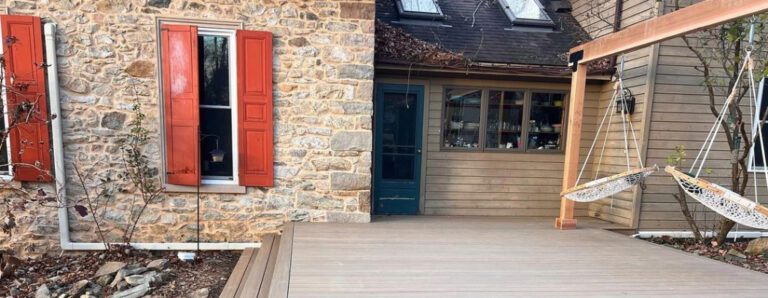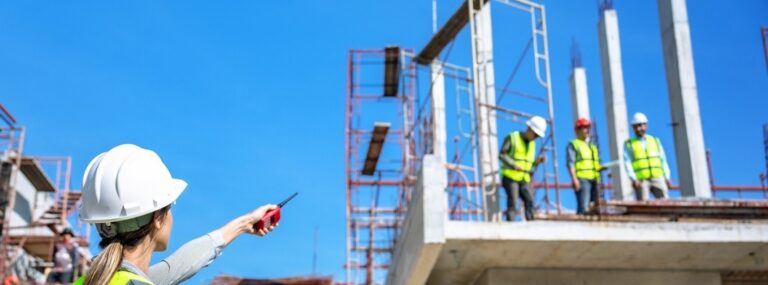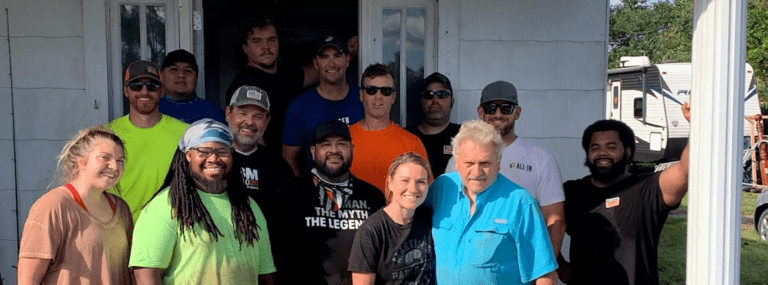The ShakeOut, which started in California, has grown to include more than 19 million US drills and 58 million global drills. That’s a lot of drills, because earthquake preparedness isn’t only a necessity for the West Coast. According to the USGS, nearly every state in the union has experienced a strong earthquake between 1974 and 2003. For example, the bucolic towns of Galesburg and Scotts, Michigan, were shaken by a 4.2 earthquake in 2015. The epicenter of that quake was, thankfully, a rural area south of residential or commercial centers, so the reported damage was minor.
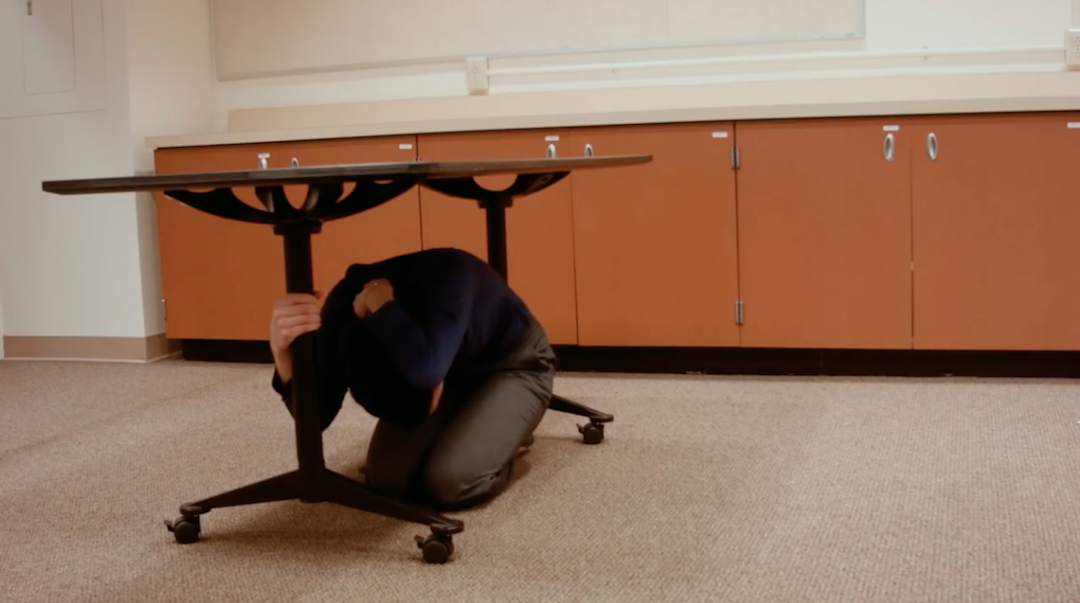
The Great ShakeOut website provides numerous opportunities and resources for interested parties to participate. The simplest way is to sign up for the earthquake drill on October 17, 2019 (or at a date and time that’s convenient for your organization).
How the drill works:
- Via the public announcement (PA) system, email, cell phone/text message, or verbal direction:
- Announce that the earthquake drill has begun and that employees immediately need to Drop, Cover, and Hold On.
- (Optional) Play the audio recording (see above) on your PA or, alternatively, play it on a computer in each office.
- Suggest that while down on the floor, employees look around at what would be falling on them in a real earthquake. These items should be secured or moved after the drill.
- After at least one minute, announce that the shaking is over and that employees can stand up again. Thank them for participating.
- Encourage employees to discuss their experiences with one another.
What does it mean to “Drop, Cover, and Hold On”?
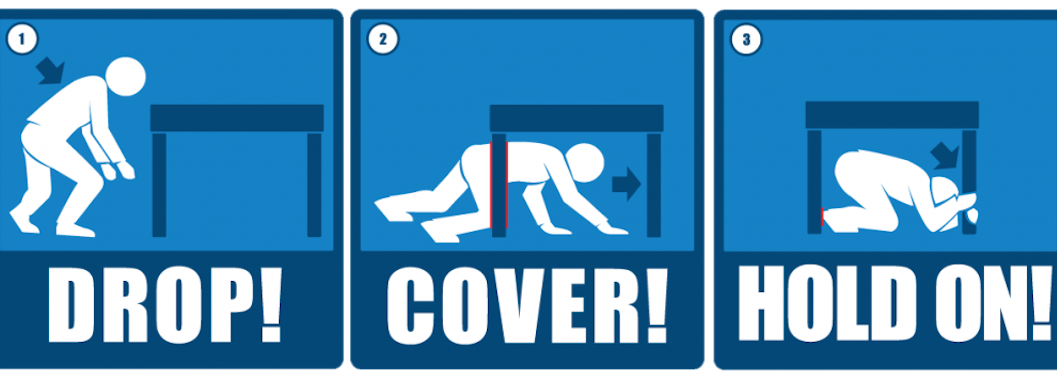
The website of the ShakeOut expounds the three steps as follows: “Drop to the ground, take Cover under a table or desk, and Hold On to it as if a major earthquake were happening (stay down for at least 60 seconds).” They also recommend that during the drill, while you’re under the table, you should look around and imagine what would happen in a major earthquake and consider various potential hazards around you (e.g., items that might fall, break or cause a fire, such as unsecured bookcases or other furniture, computer or television screens, lighting fixtures, unstrapped water heaters) and how you might make them safer.
Simpson Strong-Tie is already engaged with this year’s Great ShakeOut. On Friday, October 11, we’ll join some of the top earthquake scientists and preparedness experts for a Reddit AMA to discuss earthquakes and tsunamis. Simpson Strong-Tie Director of Engineering Emory Montague will answer questions about structural engineering during earthquakes. We’ll post the time of the AMA on our social channels.
This will be our third year taking part in the Reddit AMA. You can read 2018’s excellent questions and answers here.
